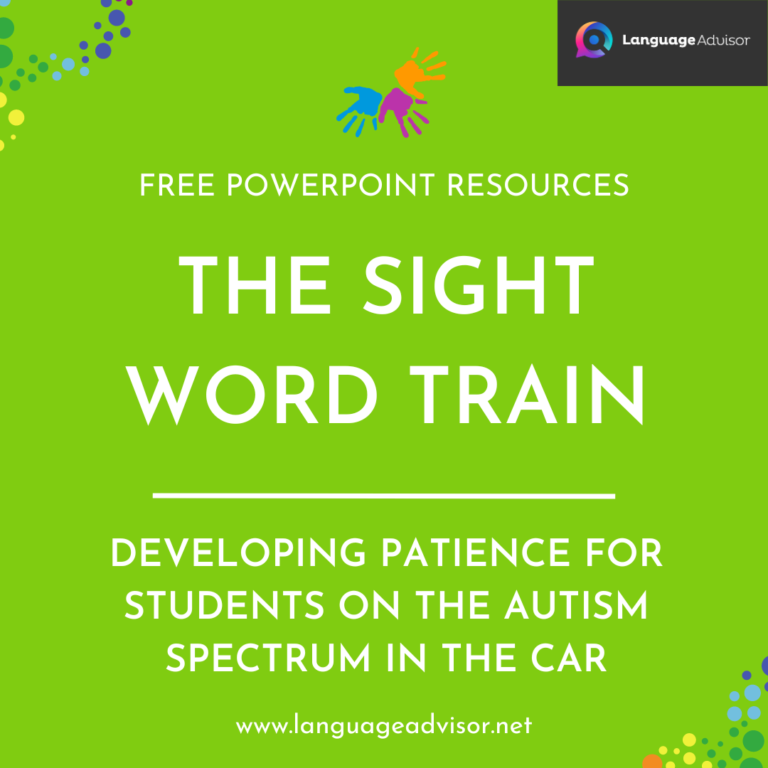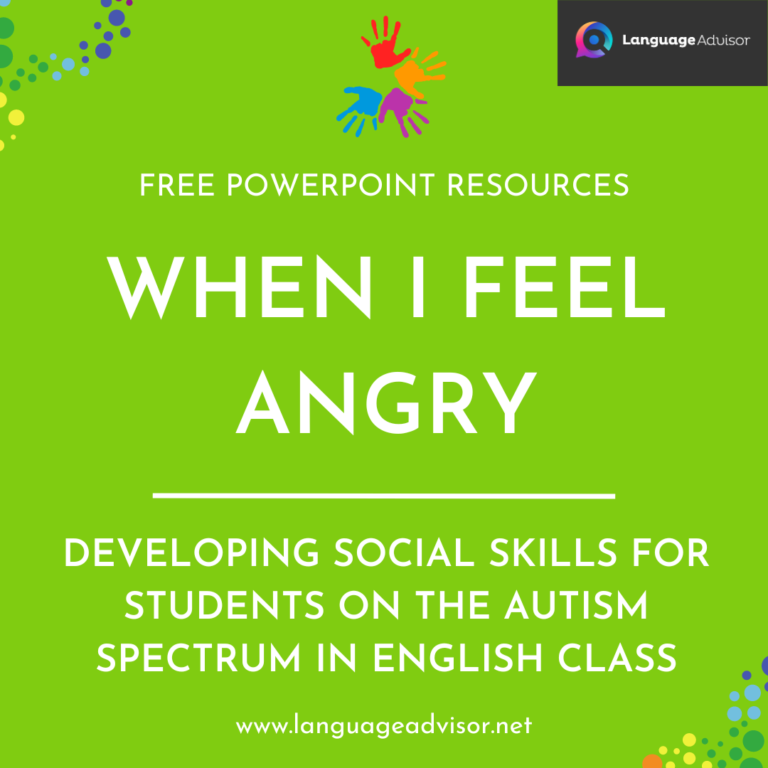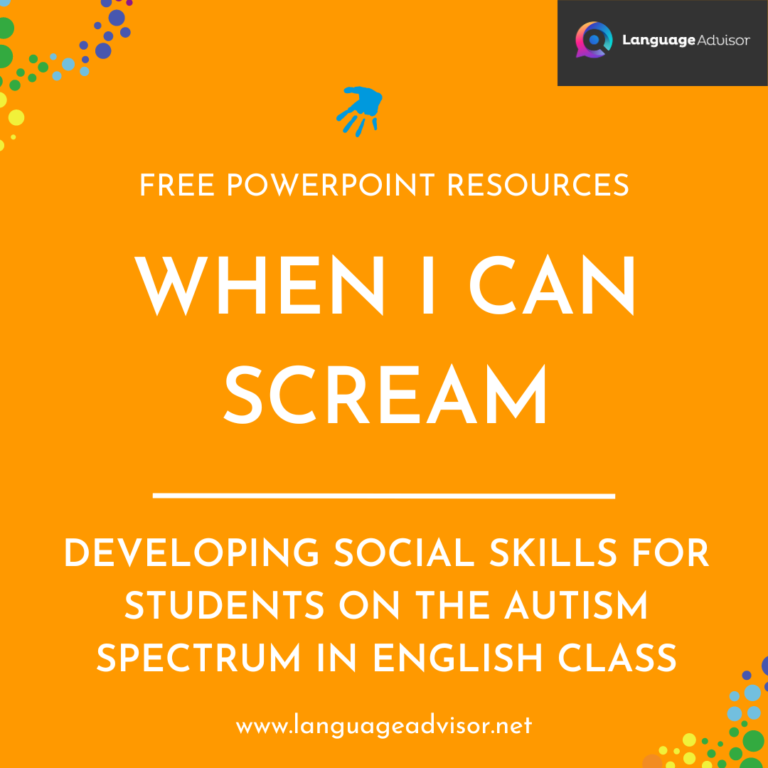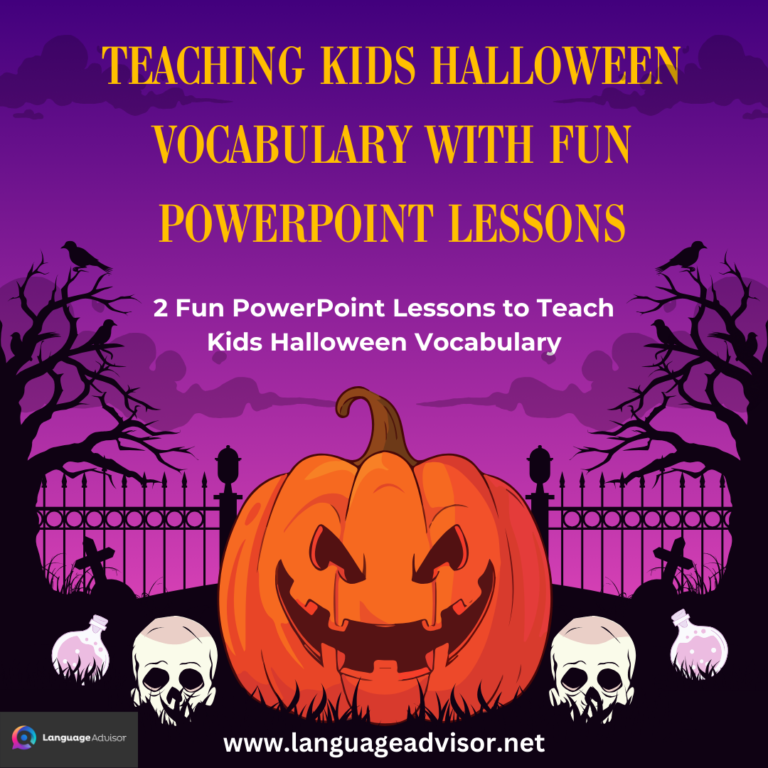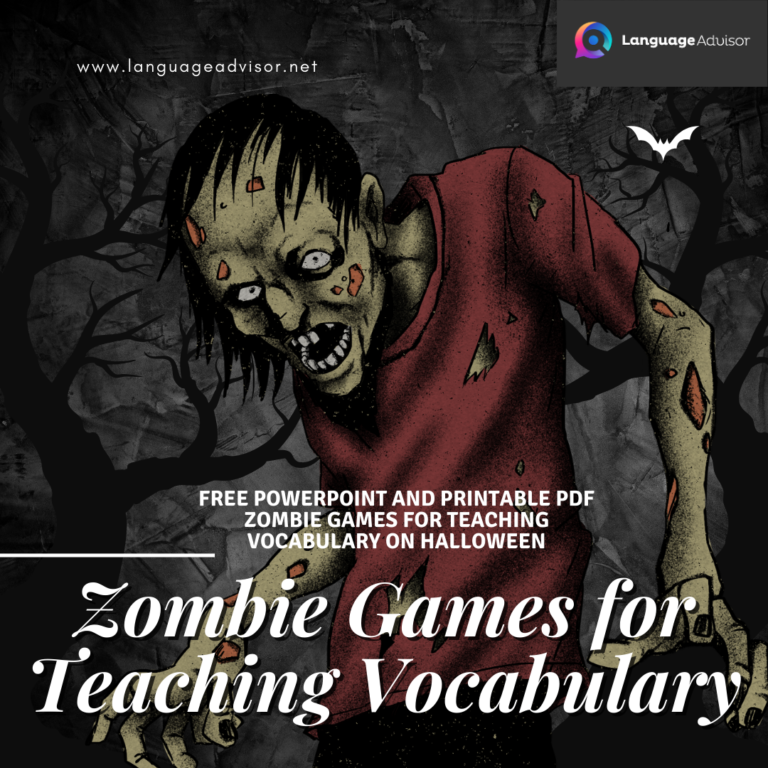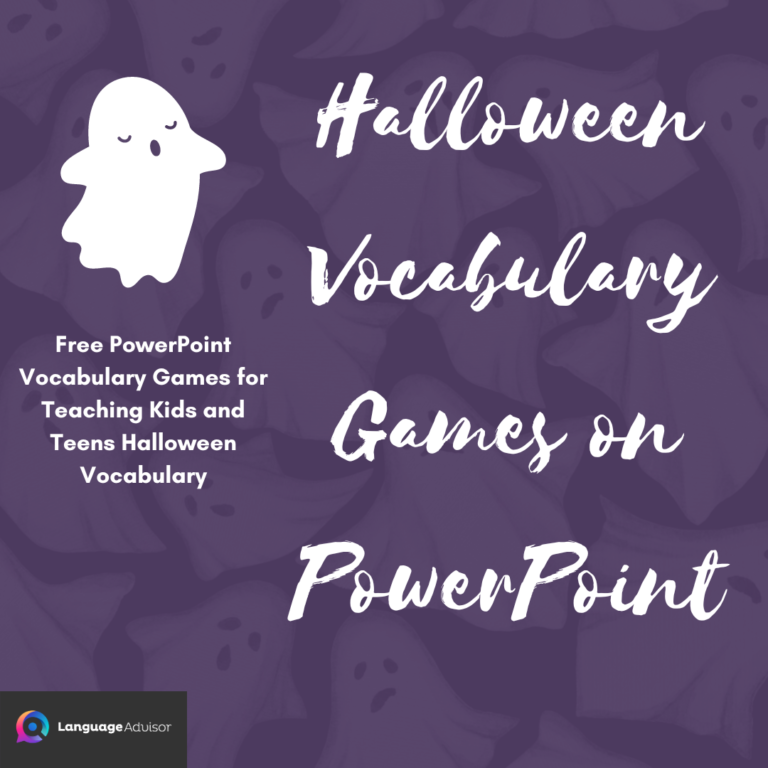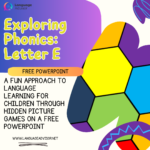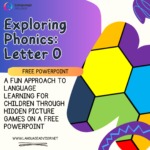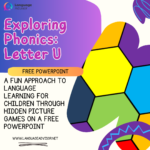Exploring Phonics: Letter A. A Fun Approach to Language Learning for Children Through Hidden Picture Games on a free PowerPoint
Exploring Phonics: Letter A

Exploring Phonics: Letter A
Phonics is a fundamental aspect of early childhood education that lays the foundation for reading and language development. By teaching children the relationship between letters and sounds, phonics enables them to decode words, recognize patterns, and become confident readers. In this blog post, we’ll delve into the world of phonics and explore how it can be introduced to children in a fun and engaging way, accompanied by a free PowerPoint resource designed to support their learning journey.
Why Phonics Matters
- Building Literacy Skills: Phonics instruction helps children develop essential literacy skills, including decoding, spelling, and word recognition.
- Enhancing Reading Comprehension: By mastering phonics principles, children can read with greater fluency and comprehension, leading to improved academic performance.
- Fostering Confidence: As children learn to decode words independently through phonics, they gain confidence in their reading abilities and become more motivated to explore new texts.
- Supporting Spelling and Writing: Phonics instruction aids in spelling acquisition and enables children to apply phonetic knowledge when writing and spelling words.
- Establishing Strong Foundations: Phonics lays the groundwork for future language learning, providing children with the tools they need to become proficient readers and communicators.
Why Hidden Picture Games Matter
Hidden picture games provide an interactive and entertaining way for children to practice phonics skills while having fun. By searching for hidden objects within vibrant illustrations, children can strengthen their phonetic awareness, vocabulary, and observation skills. In this blog post, we’ll shift the focus from traditional phonics instruction to the excitement of hidden picture games, accompanied by a free PowerPoint resource designed to captivate young learners and support their language development journey.
- Enhancing Phonetic Awareness: Hidden picture games encourage children to listen for and identify individual sounds within words, reinforcing their phonetic awareness and letter-sound correspondence.
- Building Vocabulary: Through exposure to a variety of words and visual stimuli, children expand their vocabulary and deepen their understanding of language concepts.
- Developing Observation Skills: Hidden picture games challenge children to observe details and patterns within illustrations, honing their observation and concentration skills.
- Stimulating Imagination: The imaginative and colorful illustrations in hidden picture games spark children’s creativity and curiosity, inspiring storytelling and imaginative play.
- Promoting Engagement: The interactive nature of hidden picture games captivates children’s attention and motivates them to actively participate in language learning activities.
Free PowerPoint Resource: Hidden Picture Adventure
To facilitate phonics learning through hidden picture games, here is a free PowerPoint resource called Hidden Picture Adventure. This dynamic presentation features a collection of engaging hidden picture puzzles and challenges designed to stimulate children’s curiosity and foster language development. Here’s what it includes:
- Vibrant Illustrations: Explore a variety of themed illustrations, from bustling city scenes to lush jungle landscapes, each hiding hidden objects related to different phonics concepts and vocabulary themes.
- Interactive Challenges: Engage children with interactive challenges, such as finding hidden letters, words, or phonetic patterns within the illustrations, encouraging active participation and problem-solving.
- Vocabulary Expansion: Introduce children to new vocabulary words and language concepts as they search for hidden objects and identify words within the illustrations.
- Observation Practice: Provide opportunities for children to practice observation skills as they search for hidden objects and details within the colorful illustrations, promoting attention to detail and visual discrimination.
- Fun and Learning: Combine the excitement of hidden picture games with the educational benefits of phonics instruction, creating a rewarding and enjoyable learning experience for children.
How to Use Hidden Picture Adventure:
- Introduce Hidden Picture Games: Present the concept of hidden picture games to children and explain how they can use phonics skills to find hidden objects within the illustrations.
- Explore Interactive Challenges: Guide children through the interactive challenges and puzzles in the Hidden Picture Adventure PowerPoint, encouraging them to actively search for hidden objects and words.
- Foster Collaboration: Encourage collaboration and teamwork by allowing children to work together to find hidden objects and share their findings with each other.
- Celebrate Discoveries: Celebrate children’s discoveries and successes as they find hidden objects and complete challenges, reinforcing their confidence and motivation.
- Extend Learning: Encourage children to extend their learning beyond the PowerPoint presentation by creating their own hidden picture games or exploring additional online resources for hidden picture puzzles.
Hidden picture games offer a delightful and effective way to engage children in phonics learning and language exploration. With Hidden Picture Adventure, children can embark on an exciting journey of discovery as they search for hidden objects, expand their vocabulary, and sharpen their observation skills. So let’s dive into the world of hidden picture games and ignite a love for language learning in children through play, exploration, and fun!
Happy Exploring!

Exploring Phonics: Letter A
DOWNLOAD THE POWER POINT FOR FREE



